Internal Transcribed Spacer and 16S Amplicon Sequencing Identifies Microbial Species Associated with Asbestos in New Zealand
Abstract
1. Introduction
2. Materials and Methods
2.1. Sampling Procedure
2.2. DNA Extraction
2.3. Sequencing
2.4. Data Processing
3. Results
Characterisation of Amplicon Sequence Variants (ASVs)
4. Discussion
5. Conclusions
Supplementary Materials
Author Contributions
Funding
Institutional Review Board Statement
Informed Consent Statement
Data Availability Statement
Acknowledgments
Conflicts of Interest
References
- Ross, M.; Langer, A.M.; Nord, G.L.; Nolan, R.P.; Lee, R.J.; Van Orden, D.; Addison, J. The mineral nature of asbestos. Regul. Toxicol. Pharmacol. 2008, 52, S26–S30. [Google Scholar] [CrossRef] [PubMed]
- David, S.R.; Geoffroy, V.A. A review of asbestos bioweathering by siderophore-producing Pseudomonas: A potential strategy of bioremediation. Microorganisms 2020, 8, 1870. [Google Scholar] [CrossRef] [PubMed]
- Bhattacharya, S.; John, P.J.; Ledwani, L. Bacterial weathering of asbestos. Silicon 2015, 7, 419–431. [Google Scholar] [CrossRef]
- Skinner, H.C.W. Mineralogy of asbestos minerals. Indoor Built Environ. 2003, 12, 385–389. [Google Scholar] [CrossRef]
- LaDou, J.; Castleman, B.; Frank, A.; Gochfeld, M.; Greenberg, M.; Huff, J.; Joshi, T.K.; Landrigan, P.J.; Lemen, R.; Myers, J.; et al. The case for a global ban on asbestos. Environ. Health Perspect. 2010, 118, 897–901. [Google Scholar] [CrossRef] [PubMed]
- Virta, R.L. Mineral Commodity Profiles, Asbestos; US Geological Survey: Reston, VA, USA, 2005; p. 56.
- Hardy, J.A.; Aust, A.E. Iron in asbestos chemistry and carcinogenicity. Chem. Rev. 1995, 95, 97–118. [Google Scholar] [CrossRef]
- Pascolo, L.; Gianoncelli, A.; Schneider, G.; Salomé, M.; Schneider, M.; Calligaro, C.; Kiskinova, M.; Melato, M.; Rizzardi, C. The interaction of asbestos and iron in lung tissue revealed by synchrotron-based scanning X-ray microscopy. Sci. Rep. 2013, 3, 1123. [Google Scholar] [CrossRef]
- Kazan-Allen, L.; Current Asbestos Bans. International Ban Asbestos Secretariat. 2022. Available online: http://ibasecretariat.org/α_ban_list.php (accessed on 5 January 2023).
- Wallis, S.L.; Emmett, E.A.; Hardy, R.; Casper, B.B.; Blanchon, D.J.; Testa, J.R.; Mendes, C.W.; Gonneau, C.; Jerolmack, D.J.; Seiphoori, A.; et al. Challenging Global Waste Management—Bioremediation to Detoxify Asbestos. Front. Environ. Sci. 2020, 8, 20. [Google Scholar] [CrossRef]
- Favero-Longo, S.E.; Turci, F.; Tomaits, M.; Castelli, D.; Bonfante, P.; Hochella, M.F.; Piervittori, R.; Fubini, B. Chrysotile asbestos is progressively converted into non-fibrous amorphous material by the chelating action of lichen metabolites. J. Environ. Monitor. 2005, 7, 764–766. [Google Scholar] [CrossRef]
- Spasiano, D.; Pirozzi, F. Treatments of asbestos containing wastes. J. Environ. Manag. 2017, 204, 82–91. [Google Scholar] [CrossRef]
- Virta, R.L. Asbestos: Geology, Mineralogy, Mining, and Uses; US Department of the Interior, US Geological Survey: Washington, DC, USA, 2002; p. 28.
- Daghino, S.; Martino, E.; Fengolio, I.; Tomatis, M.; Perotto, S.; Fubini, B. Inorganic materials and living organisms: Surface modifications and fungal responses to various asbestos forms. Chemistry 2005, 11, 5611–5618. [Google Scholar] [CrossRef] [PubMed]
- Mohanty, S.K.; Gonneau, C.; Salamantipour, A.; Pietrofesa, R.A.; Casper, B.; Christofidou-Solomidou, M.; Willenbring, J.K. Siderophore-mediated iron removal from chrysotile: Implications for asbestos toxicity reduction and bioremediation. J. Hazard. Mater. 2018, 341, 290–296. [Google Scholar] [CrossRef]
- Lemare, M.; Puja, H.; David, S.R.; Mathieu, S.; Ihiawakrim, D.; Geoffroy, V.A.; Rigouin, C. Engineering siderophore production in Pseudomonas to improve asbestos weathering. Microb. Biotechnol. 2022, 15, 2351–2363. [Google Scholar] [CrossRef] [PubMed]
- Favero-Longo, S.E.; Castelli, D.; Fubini, B.; Pievittori, R. Lichens on asbestos-cement roofs: Bioweathering and biocovering effects. J. Hazard. Mater. 2009, 162, 1300–1308. [Google Scholar] [CrossRef] [PubMed]
- Favero-Longo, S.E.; Girlanda, M.; Honegger, R.; Fubini, B.; Pievittori, R. Interactions of sterile-cultured lichen forming ascomycetes with asbestos fibres. Mycol. Res. 2007, 111, 473–481. [Google Scholar] [CrossRef]
- Spribille, T.; Tuovinen, V.; Resl, P.; Vanderpool, D.; Wolinski, H.; Aime, M.C.; Schneider, K.; Stabentheiner, E.; Toome-Heller, M.; Thor, G.; et al. Basidiomycete yeasts in the cortex of ascomycete macrolichens. Science 2006, 353, 488–492. [Google Scholar] [CrossRef]
- Bjelland, T.; Ekman, S. Fungal diversity in rock beneath a crustose lichen as revealed by molecular markers. Microb. Ecol. 2005, 49, 598–603. [Google Scholar] [CrossRef]
- Bjelland, T.; Grube, M.; Hoem, S.; Jorgensen, S.L.; Daae, F.L.; Thorseth, I.H.; Øvreås, L. Microbial metacommunities in the lichen–rock habitat. Environ. Microbiol. Rep. 2011, 3, 434–442. [Google Scholar] [CrossRef]
- Martino, E.; Prandi, L.; Fenoglio, I.; Bonfante, P.; Perotto, S.; Fubini, B. Soil fungal hyphae bind and attack asbestos fibers. Angew. Chem. 2003, 115, 229–232. [Google Scholar] [CrossRef]
- Daghino, S.; Turci, F.; Tomatis, M.; Favier, A.; Perotto, S.; Douki, T.; Fubini, B. Soil fungi reduce the iron content and the DNA damaging effects of asbestos fibers. Environ. Sci. Technol. 2006, 40, 5793–5798. [Google Scholar] [CrossRef]
- Borges, R.; Klaic, R.; Farinas, C.S.; Ribeiro, C. Biological treatment of asbestos cement wastes by Aspergillus niger and Acidithiobacillus thiooxidans. Appl. Clay Sci. 2022, 216, 106375. [Google Scholar] [CrossRef]
- Daghino, S.; Martino, E.; Perotto, S. Fungal weathering and implications in the solubilization of metals from soil and from asbestos fibres. Curr. Res. Technol. Educ. Top. Appl. Microbiol. Microb. Biotechnol. 2010, 1, 329–338. [Google Scholar]
- Daghino, S.; Martino, E.; Vurro, E.; Tomatis, M.; Girlanda, M.; Fubini, B.; Perotto, S. Bioweathering of chrysotile by fungi isolated in ophiolitic sites. FEMS Microbiol. Lett. 2008, 285, 242–249. [Google Scholar] [CrossRef]
- Daghino, S.; Turci, F.; Tomatis, M.; Girlanda, M.; Fubini, B.; Perotto, S. Weathering of chrysotile asbestos by the serpentine rock-inhabiting fungus Verticillium leptobactrum. FEMS Microbiol. Ecol. 2009, 69, 132–141. [Google Scholar] [CrossRef]
- Bhattacharya, S.; John, P.J.; Ledwani, L. Fungal weathering of asbestos in semi arid regions of India. Ecotoxicol. Environ. Saf. 2016, 124, 186–192. [Google Scholar] [CrossRef] [PubMed]
- Castro, I.D.M.; Fietto, J.L.R.; Vieira, R.X.; Trópia, M.J.M.; Campos, L.M.M.D.; Paniago, E.B.; Brandão, R.L. Bioleaching of zinc and nickel from silicates using Aspergillus niger cultures. Hydrometallurgy 2000, 57, 39–49. [Google Scholar] [CrossRef]
- Bridge, P.; Spooner, B. Soil fungi: Diversity and detection. Plant Soil 2001, 232, 147–154. [Google Scholar] [CrossRef]
- Wu, B.; Hussain, M.l; Zhang, W.; Stadler, M.; Liu, X.; Xiang, M. Current insights into fungal species diversity and perspective on naming the environmental DNA sequences of fungi. Mycology 2019, 10, 127–140. [Google Scholar] [CrossRef]
- HSE. Asbestos: The Analysts’ Guide for Sampling, Analysis and Clearance Procedures (HSG248), 2nd ed.; Health and Safety Executive: Sheffield, UK, 2021.
- Op De Beeck, M.; Lieven, B.; Busschaert, P.; Declerck, S.; Vangronsveld, J.; Colpaert, J. Comparison and validation of some ITS primer pairs useful for fungal metabarcoding studies. PLoS ONE 2014, 9, e97629. [Google Scholar] [CrossRef]
- Walters, W.; Hyde, E.R.; Berg-Lyons, D.; Ackermann, G.; Humphrey, G.; Parada, A.; Gilbert, J.A.; Jansson, J.K.; Caporaso, J.G.; Fuhrman, J.A.; et al. Improved bacterial 16S rRNA gene (V4 and V4-5) and fungal internal transcribed spacer marker gene primers for microbial community surveys. Msystems 2016, 1, e00009-15. [Google Scholar] [CrossRef]
- Morgan, M.; Anders, S.; Lawrence, M.; Aboyoun, P.; Pagès, H.; Gentleman, R. ShortRead: A Bioconductor package for input, quality assessment and exploration of high-throughput sequence data. Bioinformatics 2009, 25, 2607–2608. [Google Scholar] [CrossRef]
- Callahan, B.J.; McMurdie, P.J.; Rosen, M.J.; Han, A.W.; Johnson, A.J.A.; Holmes, S.P. DADA2: High-resolution sample inference from Illumina amplicon data. Nat. Methods 2016, 13, 581–583. [Google Scholar] [CrossRef]
- Oksanen, J.; Blanchet, F.G.; Kindt, R.; Legendre, P.; Minchin, P.R.; O’Hara, R.B. Package ‘vegan’. Community Ecol. Package 2013, 2, 1–295. [Google Scholar]
- Hunter, H.W. Geology of the Cobb Intrusives, Takaka Valley, North-West Nelson, New Zealand. N. Z. J. Geol. Geophys. 1977, 20, 469–501. [Google Scholar] [CrossRef]
- Christie, A.B.; Barker, R.G.; Brathwaite, R.L. Mineral Resource Assessment of the West Coast Region, New Zealand; GNS Science Report 2010/61; GNS Science: Lower Hutt, New Zealand, 2010; 235p. [Google Scholar]
- de Lange, P.J.; Galloway, D.J.; Blanchon, D.J.; Knight, A.; Rolfe, J.R.; Crowcroft, G.M.; Hitchmough, R. Conservation status of New Zealand lichens. N. Z. J. Bot. 2012, 50, 303–363. [Google Scholar] [CrossRef]
- Coleine, C.; Masonjones, S.; Sterflinger, K.; Onofri, S.; Selbmann, L.; Stajich, J.E. Peculiar genomic traits in the stress-adapted cryptoendolithic Antarctic fungus Friedmanniomyces endolithicus. Fungal Biol. 2020, 124, 458–467. [Google Scholar] [CrossRef] [PubMed]
- Aislabie, J.; Deslippe, J.R. Soil microbes and their contribution to soil services. In Ecosystem Services in New Zealand—Conditions and Trends; Dymond, J.R., Ed.; Manaaki Whenua Press: Lincoln, New Zealand, 2013; pp. 143–161. [Google Scholar]
- Yamamura, H.; Ashizawa, H.; Nakagawa, Y.; Hamada, M.; Ishida, Y.; Otoguro, M.; Tamura, T.; Hayakawa, M. Actinomycetospora iriomotensis sp. nov., a novel actinomycete isolated from a lichen sample. J. Antibiot. 2011, 64, 289–292. [Google Scholar] [CrossRef] [PubMed]
- Galey, M.L.; van der Ent, A.; Iqbal, M.C.M.; Rajakaruna, N. Ultramafic geoecology of South and Southeast Asia. Bot. Stud. 2017, 5, 18–46. [Google Scholar] [CrossRef]
- Domka, A.; Jędrzejczyk, R.; Ważny, R.; Gustab, M.; Kowalski, M.; Nosek, M.; Bizan, J.; Puschenreiter, M.; Vaculίk, M.; Kováč, J.; et al. Endophytic yeast protect plants against metal toxicity by inhibiting plant metal uptake through an ethylene dependent mechanism. Plant Cell Environ. 2022, 46, 268–287. [Google Scholar] [CrossRef] [PubMed]
- Pourhassan, N.; Gagnon, R.; Wichard, T.; Bellenger, J.P. Identification of the hydroxamate siderophore ferricrocin in Cladosporium cladosporioides. Nat. Prod. Commun. 2014, 9, 539–540. [Google Scholar] [CrossRef] [PubMed]
- Piecuch, A.; Ogórek, R.; Dyląg, M.; Cal, M.; Przywara, K. Epicoccum nigrum Link as a potential biocontrol agent against selected dermatophytes. Acta Mycol. 2020, 55, 5516. [Google Scholar]
- Fravel, D.R.; Stosz, S.K.; Larkin, R.P. Effect of temperature, soil type, and matric potential on proliferation and survival of Fusarium oxysporum f. sp. erythroxyli from Erythroxylum coca. Phytopathology 1996, 86, 236–240. [Google Scholar] [CrossRef]
- Mašínová, T.; Bahnmann, B.D.; Větrovský, T.; Tomšovský, M.; Merunková, K.; Baldrian, P. Drivers of yeast community composition in the litter and soil of a temperate forest. FEMS Microbiol Ecol. 2017, 93, fiw223. [Google Scholar] [CrossRef] [PubMed]
- Ahmed, E.; Holmström, S.J. Siderophore production by microorganisms isolated from a podzol soil profile. Geomicrobiol. J. 2015, 32, 397–411. [Google Scholar] [CrossRef]
- El-Maraghy, S.S.; Tohamy, T.A.; Hussein, K.A. Expression of SidD gene and physiological characterization of the rhizosphere plant growth-promoting yeasts. Heliyon 2020, 6, e04384. [Google Scholar] [CrossRef]
- Schwyn, B.; Neilands, J.B. Universal chemical assay for the detection and determination of siderophores. Anal. Biochem. 1987, 160, 47–56. [Google Scholar] [CrossRef] [PubMed]
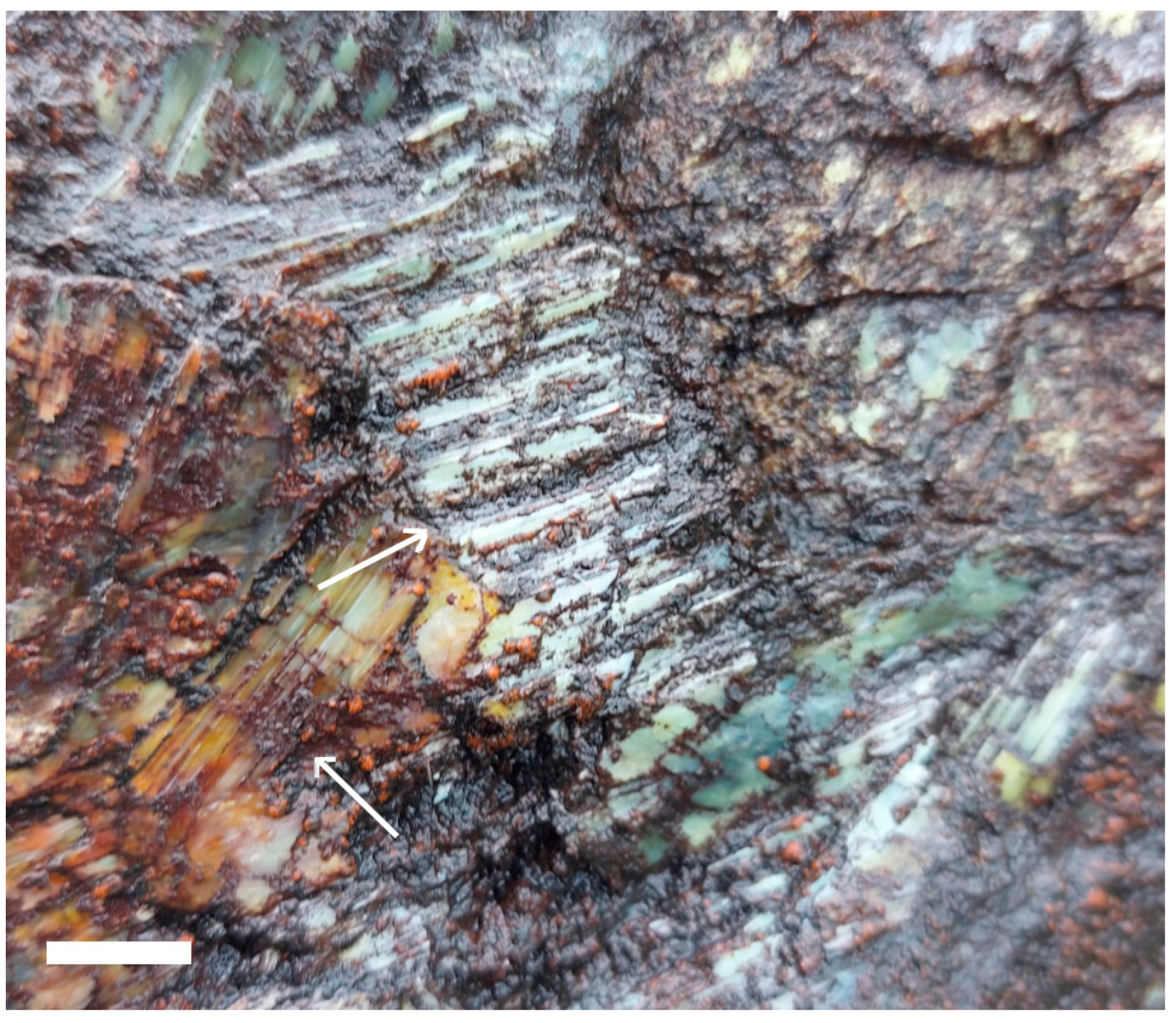
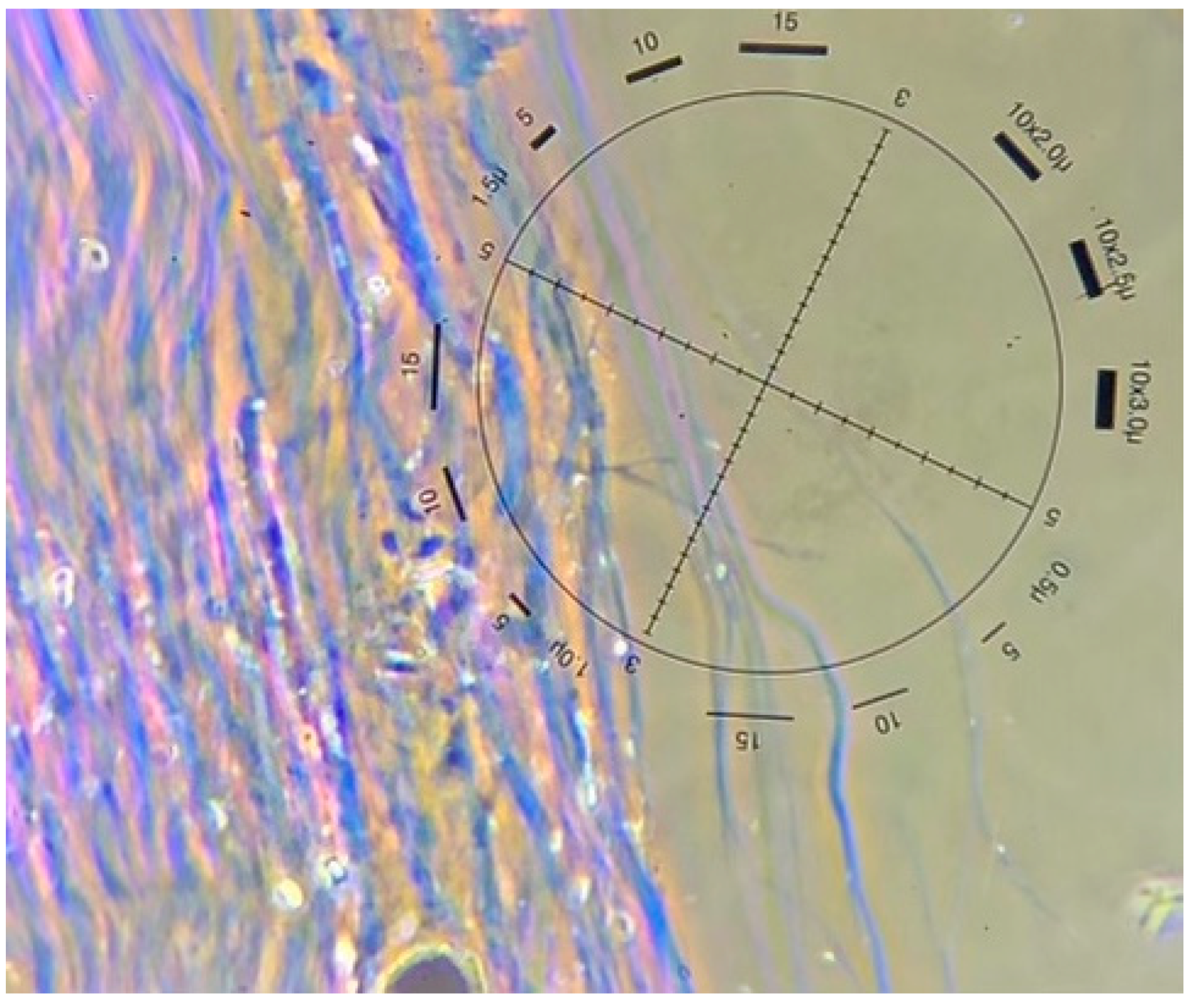
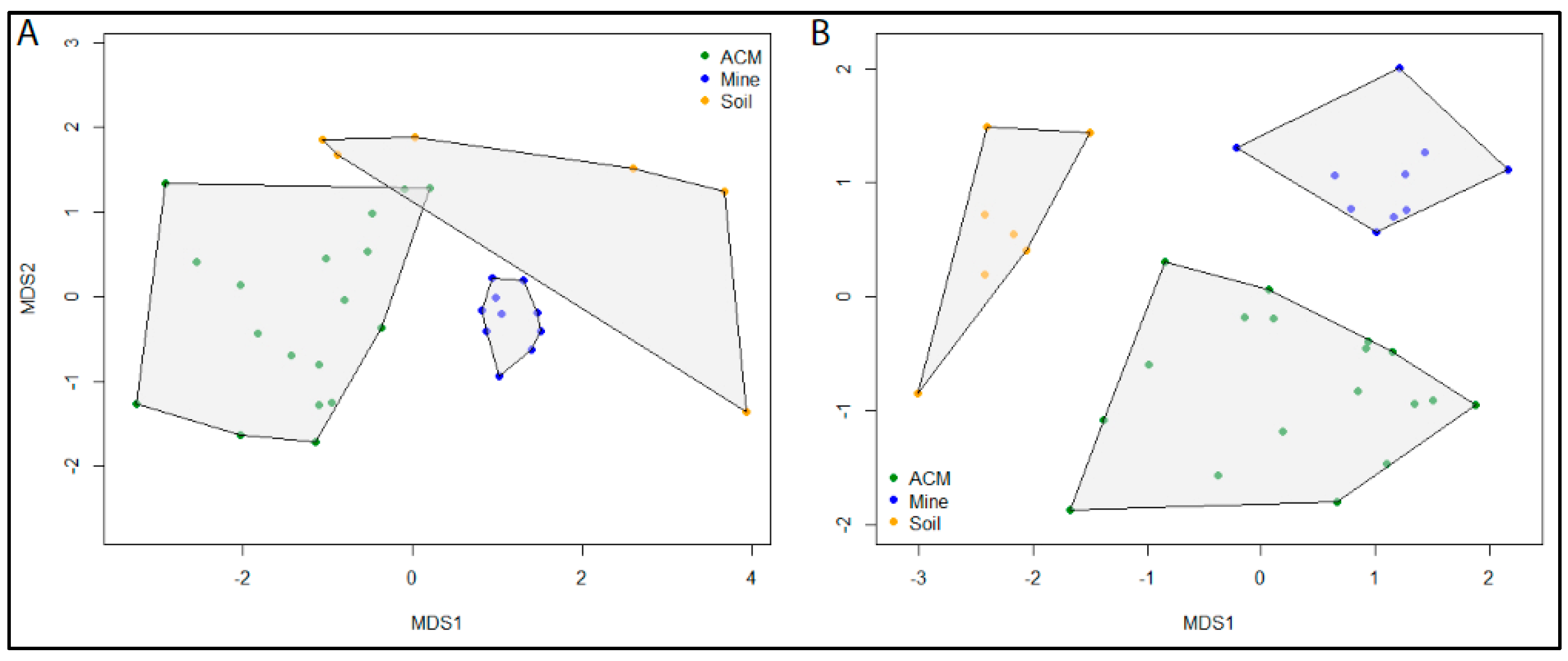
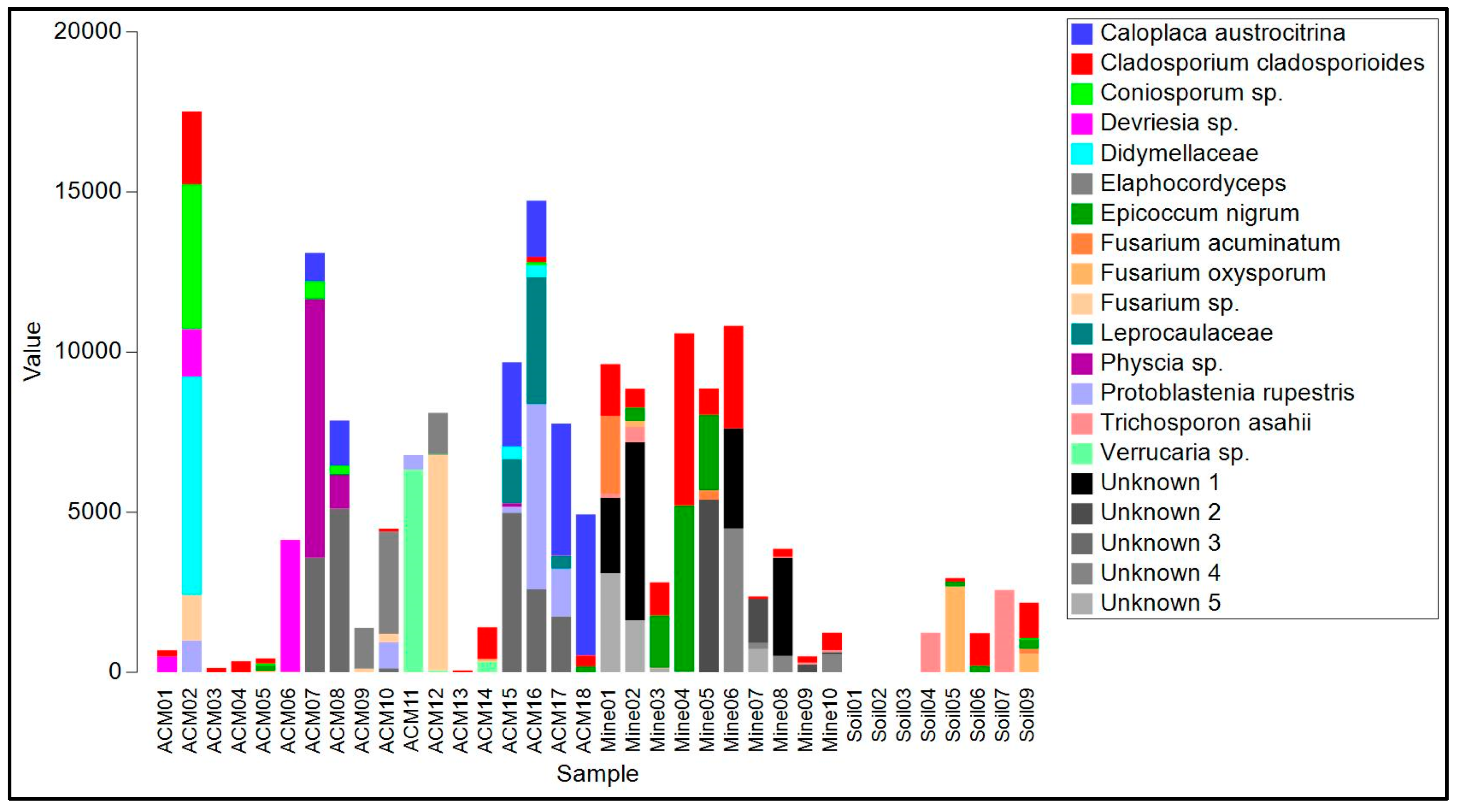
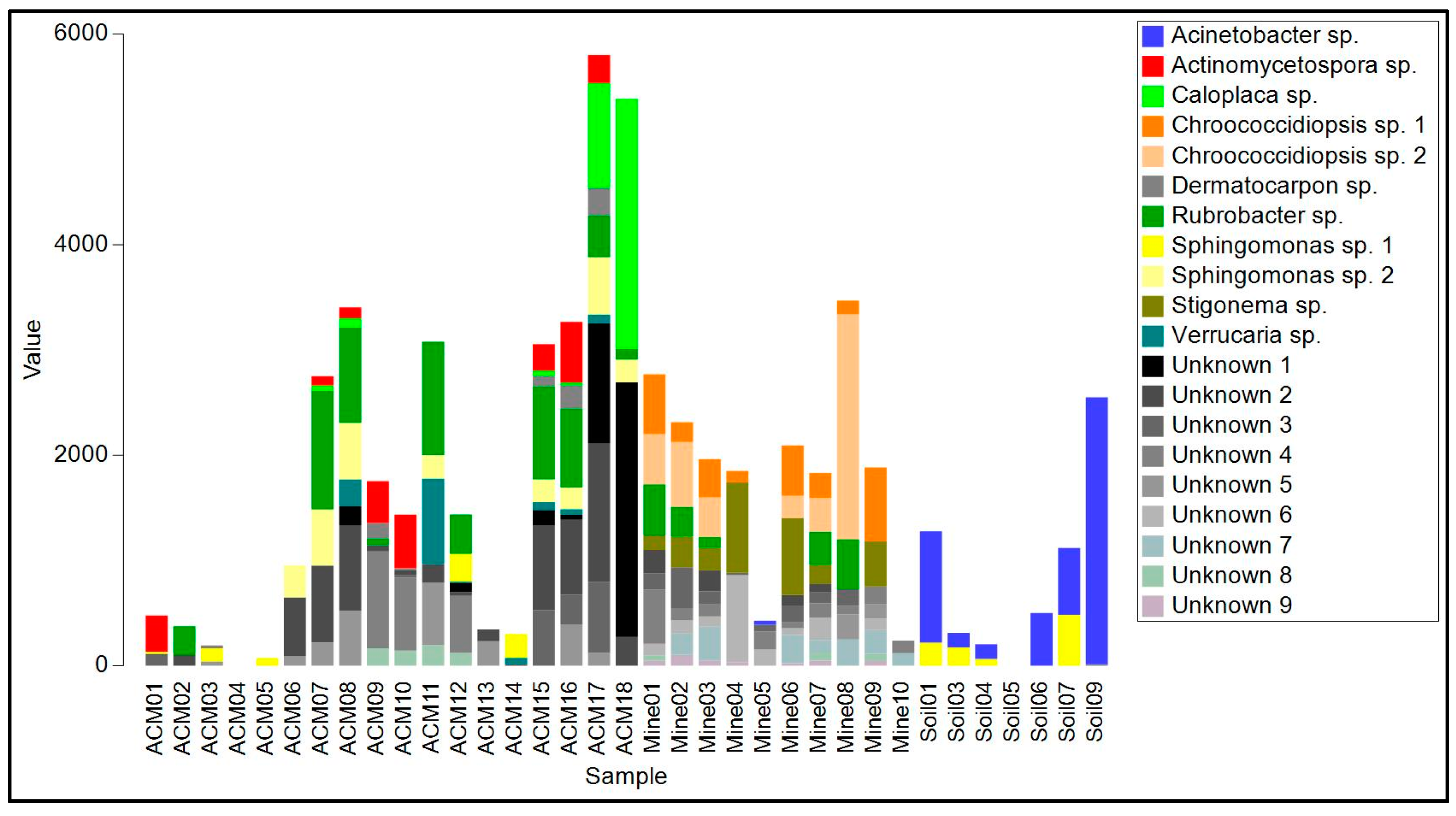
| ACM (n = 18) | Raw (n = 10) | Soil (n = 8) | |
|---|---|---|---|
| Unique ASVs | 324 | 269 | 192 |
| Total ASVs | 353 | 287 | 221 |
| Total Reads | 241,028 | 175,706 | 73,929 |
| Mean ASVs per sample | 27.67 (SD = 14.79) | 42.7 (SD = 13.58) | 31.38 (SD = 42.68) |
| Mean reads per sample | 13,390.44 (SD = 6943.3) | 17,570.6 (SD = 6309.29) | 9241.13 (SD = 8263.27) |
| ACM (n = 18) | RAW (n = 10) | Soil (n = 7) | |
|---|---|---|---|
| Unique ASVs | 608 | 225 | 136 |
| Total ASVs | 639 | 245 | 154 |
| Total Reads | 169,465 | 83,691 | 36,880 |
| Mean ASVs per sample | 50.94 (SD = 18.85) | 45.7 (SD = 11.55) | 28.29 (SD = 14.35) |
| Mean reads per sample | 9414.72 (SD = 2793.59) | 8368.2 (SD = 2387.1) | 4932.86 (SD = 2956.69) |
Disclaimer/Publisher’s Note: The statements, opinions and data contained in all publications are solely those of the individual author(s) and contributor(s) and not of MDPI and/or the editor(s). MDPI and/or the editor(s) disclaim responsibility for any injury to people or property resulting from any ideas, methods, instructions or products referred to in the content. |
© 2023 by the authors. Licensee MDPI, Basel, Switzerland. This article is an open access article distributed under the terms and conditions of the Creative Commons Attribution (CC BY) license (https://creativecommons.org/licenses/by/4.0/).
Share and Cite
Doyle, E.; Blanchon, D.; Wells, S.; de Lange, P.; Lockhart, P.; Waipara, N.; Manefield, M.; Wallis, S.; Berry, T.-A. Internal Transcribed Spacer and 16S Amplicon Sequencing Identifies Microbial Species Associated with Asbestos in New Zealand. Genes 2023, 14, 729. https://doi.org/10.3390/genes14030729
Doyle E, Blanchon D, Wells S, de Lange P, Lockhart P, Waipara N, Manefield M, Wallis S, Berry T-A. Internal Transcribed Spacer and 16S Amplicon Sequencing Identifies Microbial Species Associated with Asbestos in New Zealand. Genes. 2023; 14(3):729. https://doi.org/10.3390/genes14030729
Chicago/Turabian StyleDoyle, Erin, Dan Blanchon, Sarah Wells, Peter de Lange, Pete Lockhart, Nick Waipara, Michael Manefield, Shannon Wallis, and Terri-Ann Berry. 2023. "Internal Transcribed Spacer and 16S Amplicon Sequencing Identifies Microbial Species Associated with Asbestos in New Zealand" Genes 14, no. 3: 729. https://doi.org/10.3390/genes14030729
APA StyleDoyle, E., Blanchon, D., Wells, S., de Lange, P., Lockhart, P., Waipara, N., Manefield, M., Wallis, S., & Berry, T.-A. (2023). Internal Transcribed Spacer and 16S Amplicon Sequencing Identifies Microbial Species Associated with Asbestos in New Zealand. Genes, 14(3), 729. https://doi.org/10.3390/genes14030729







